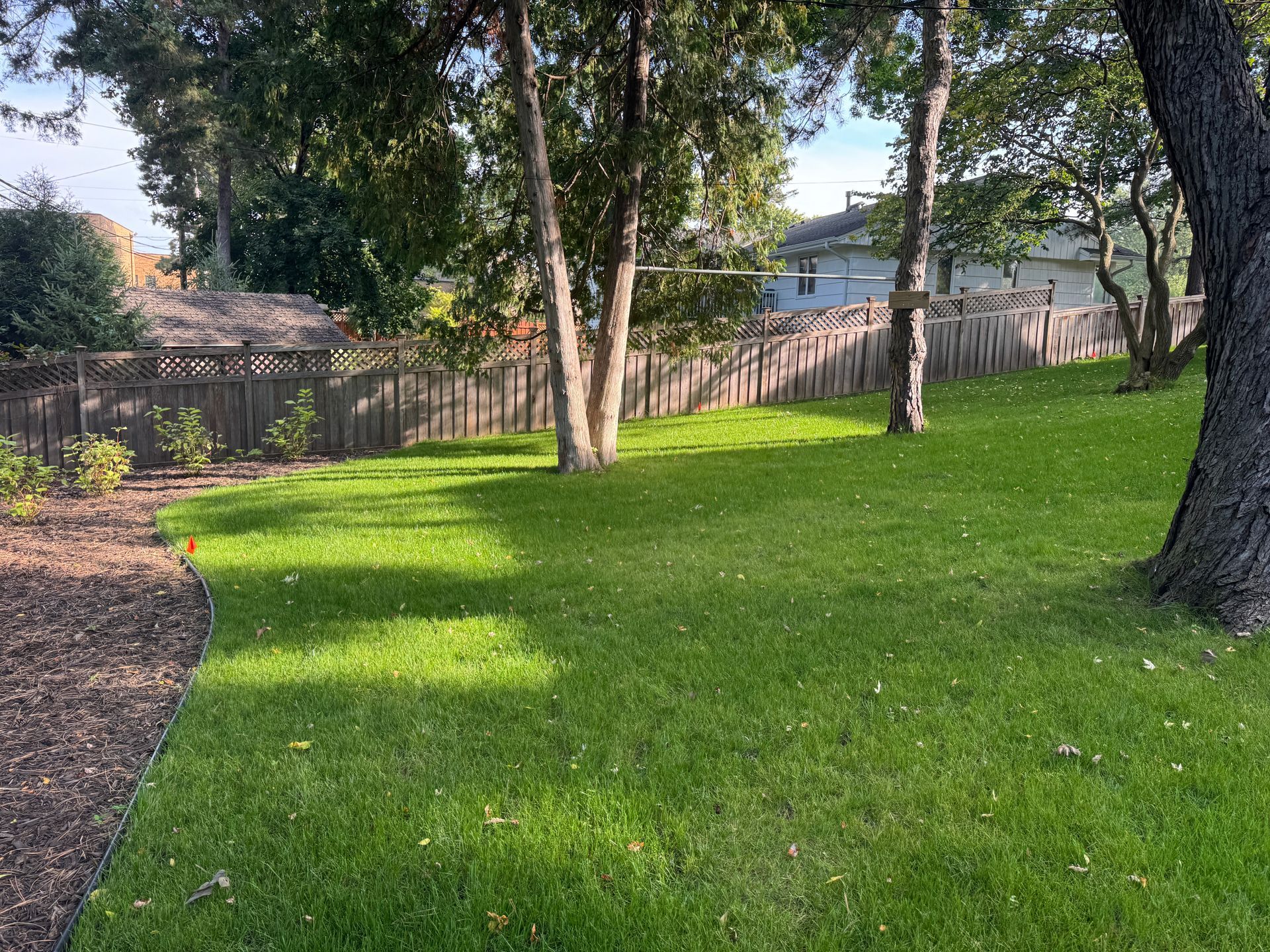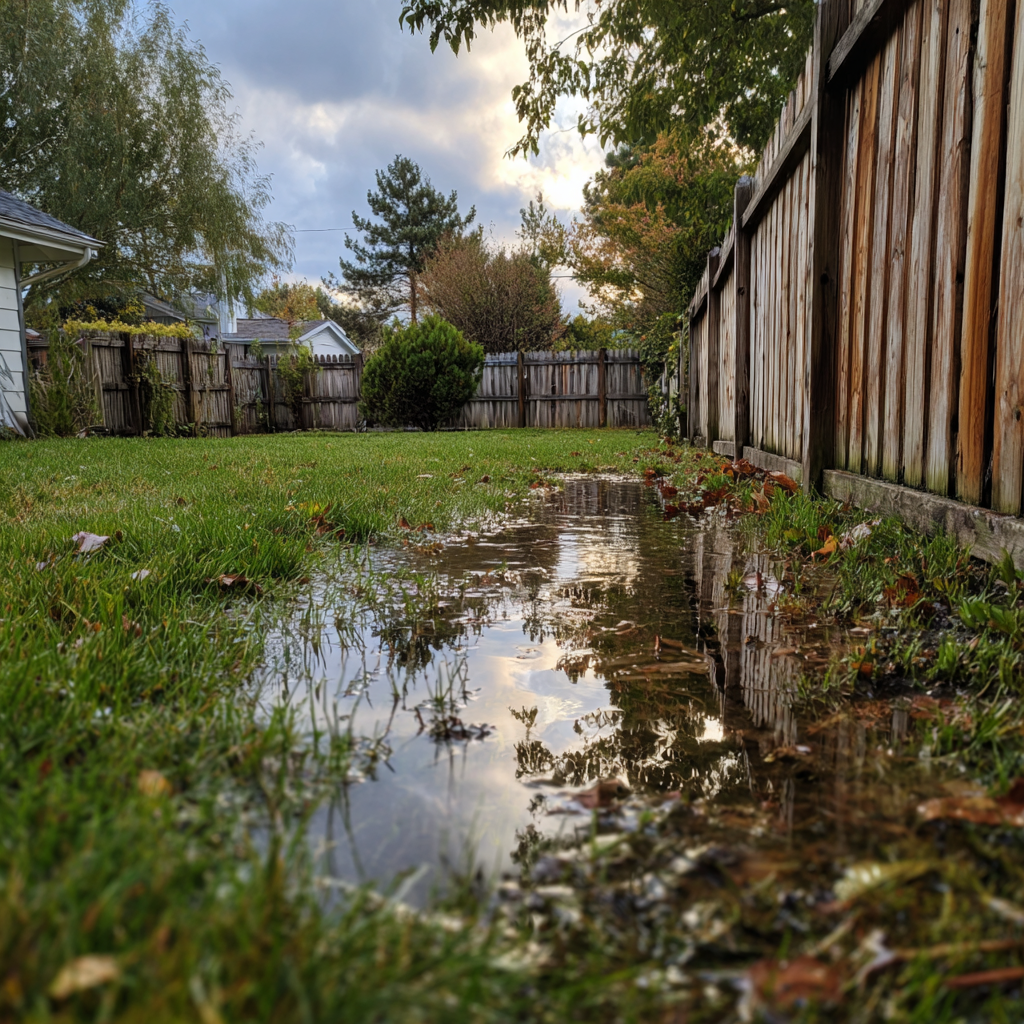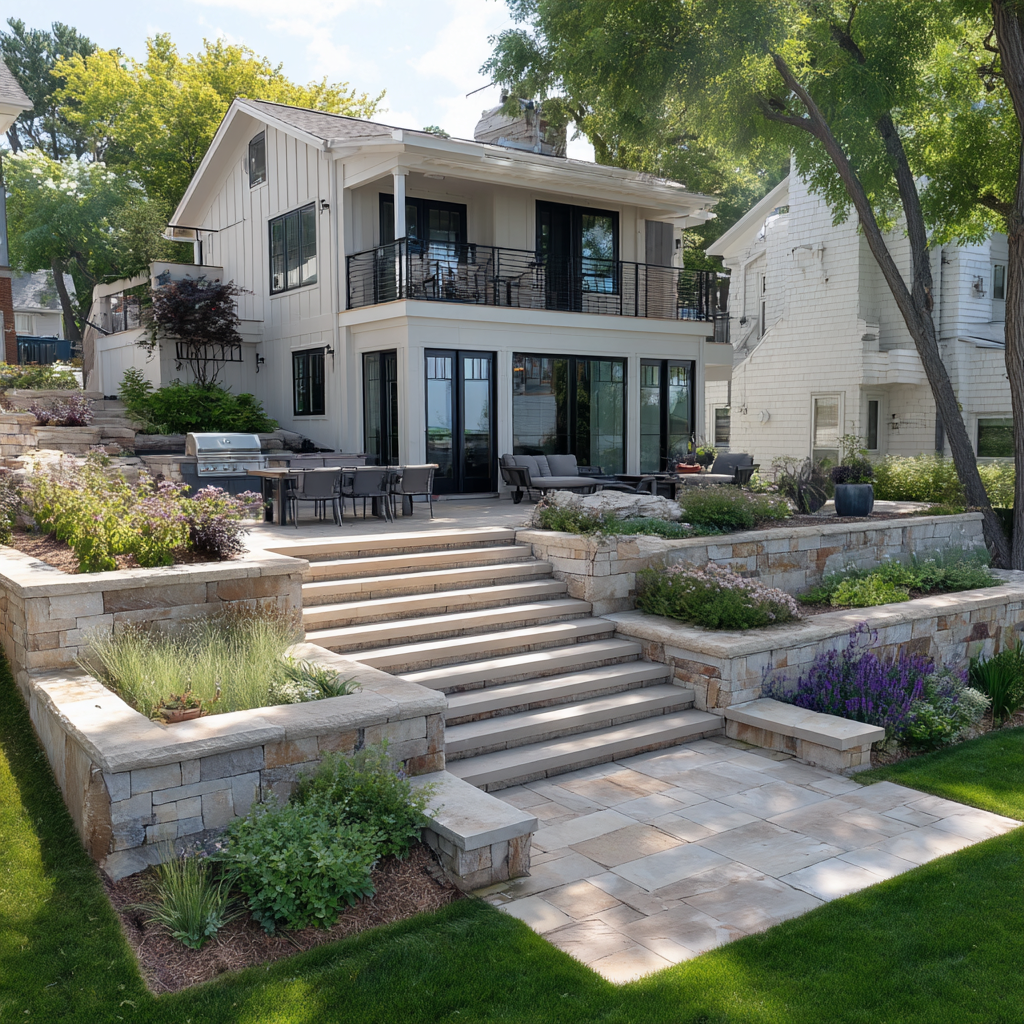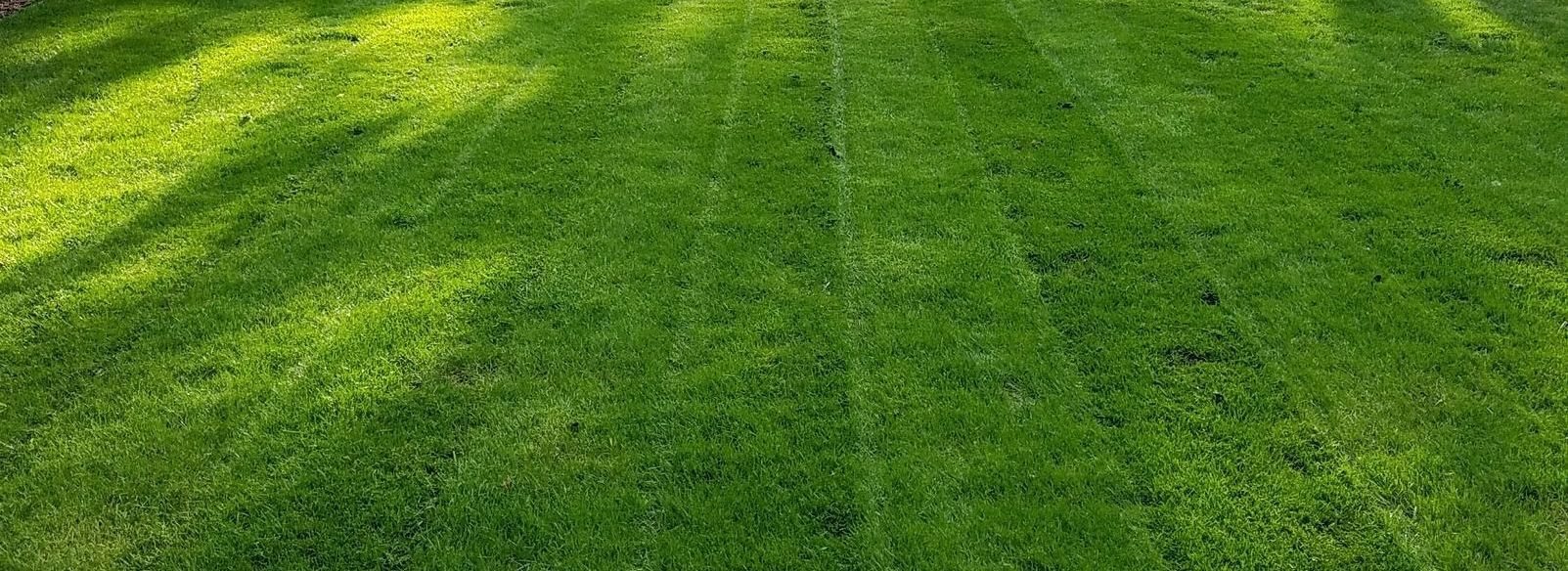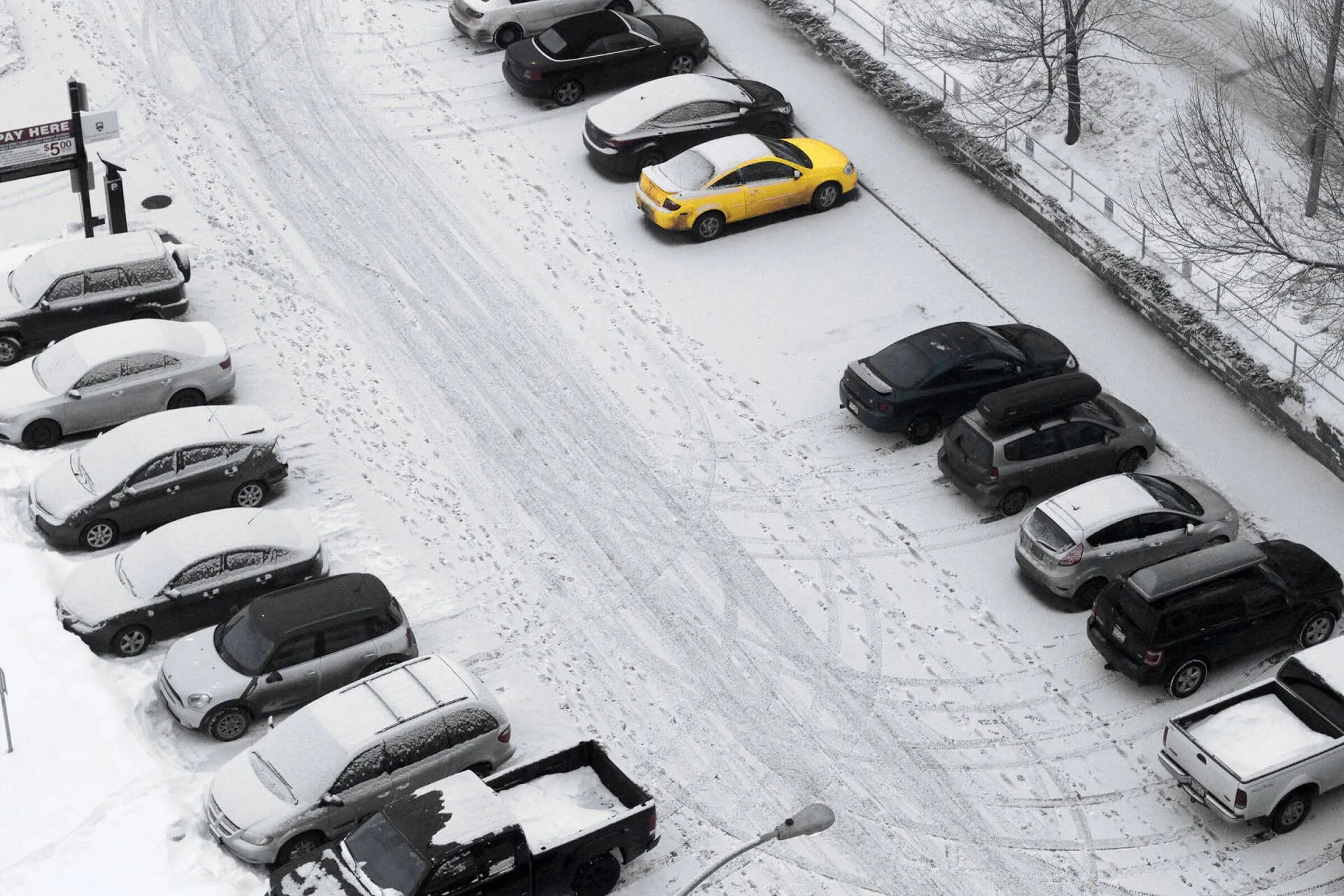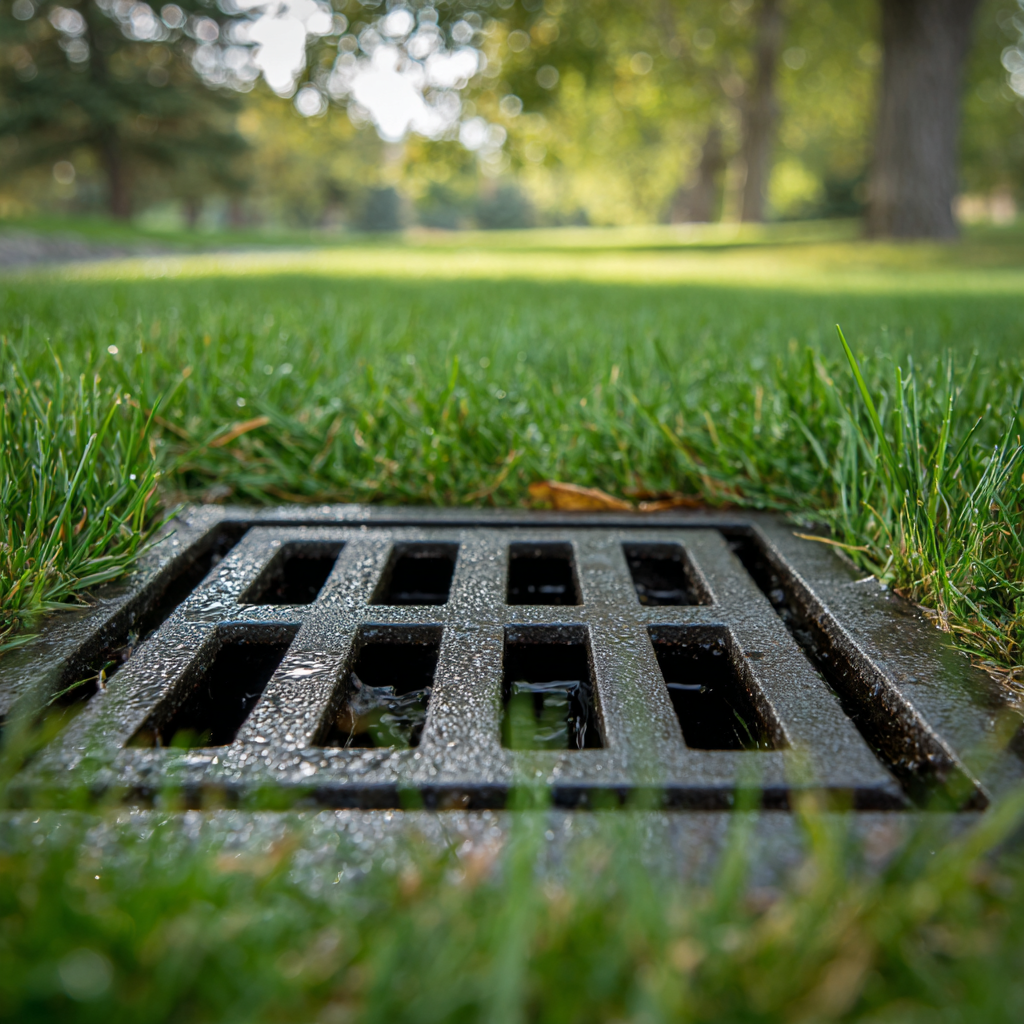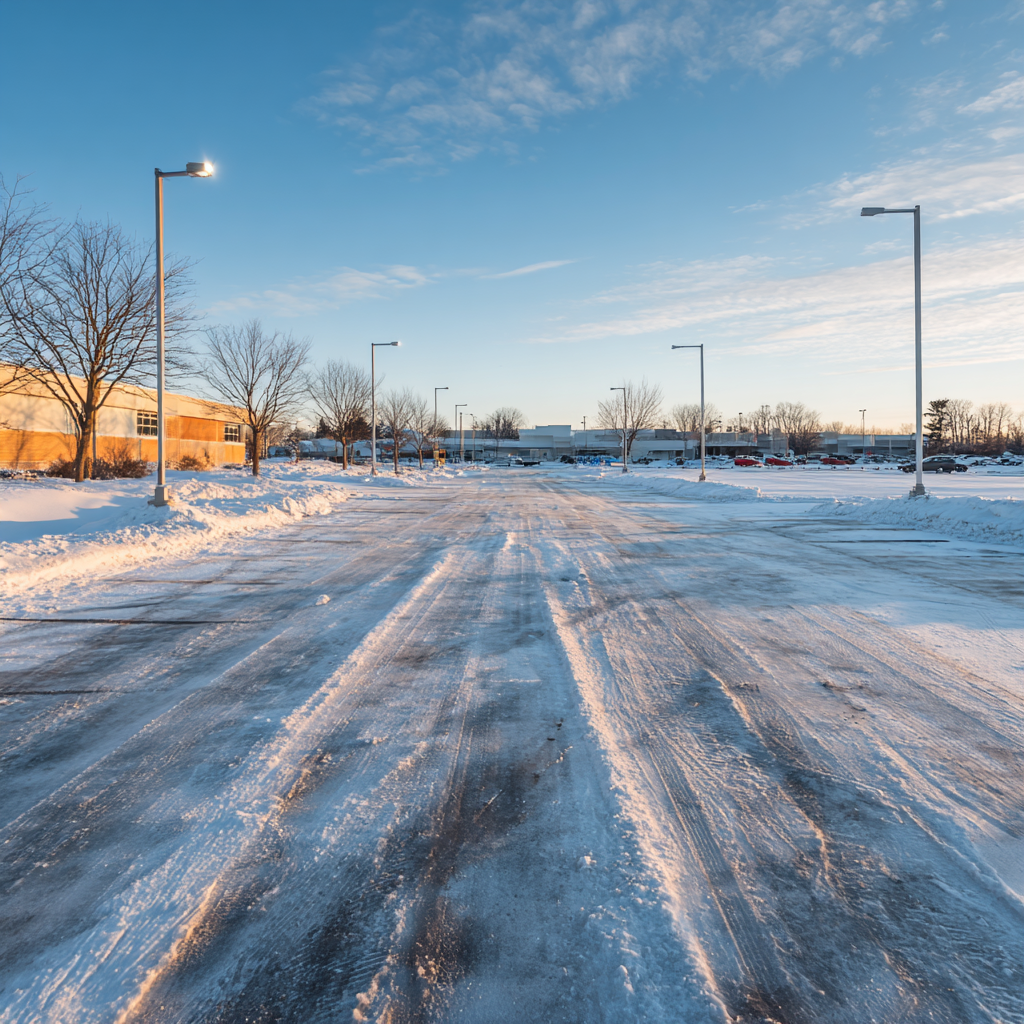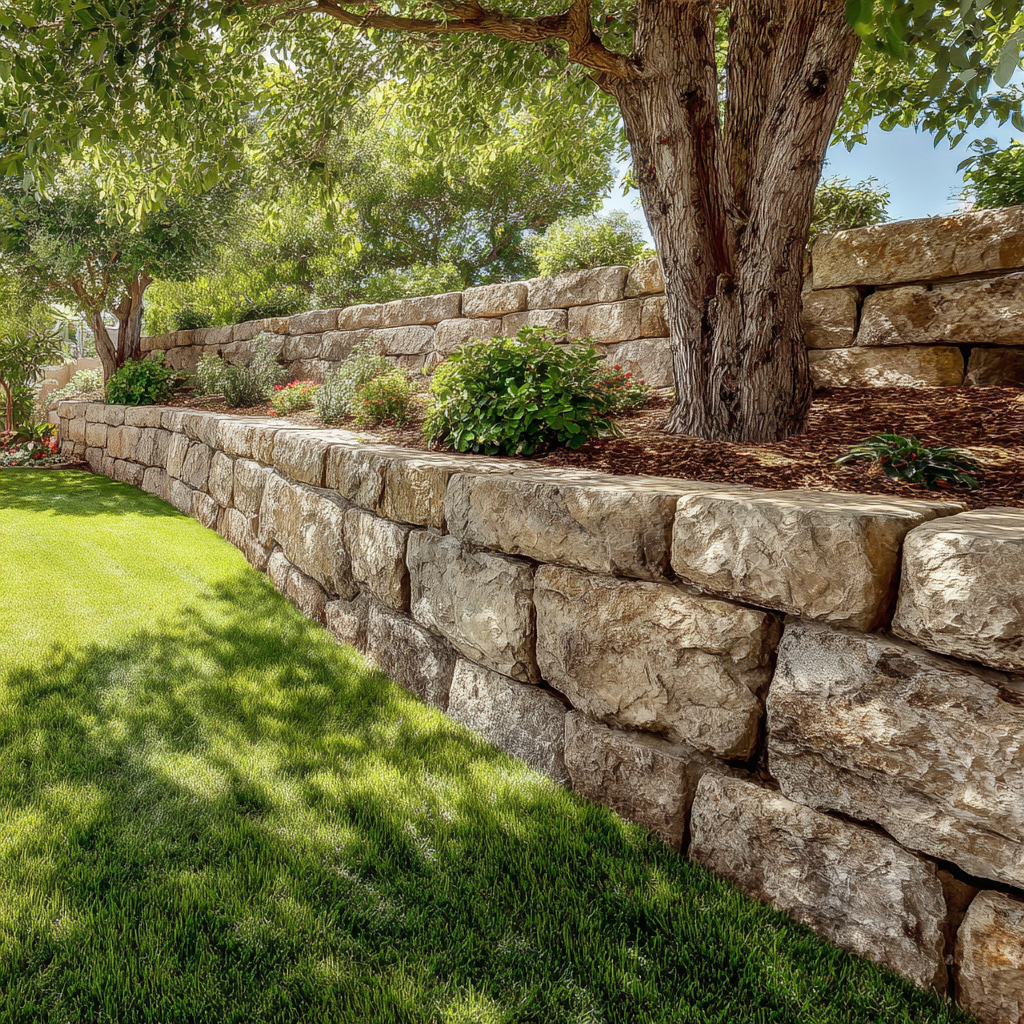Winterizing Your Water Feature
It’s nearly time to think about winterizing your yard for the season (I know, it’s hard to think about). While you’re working on your fall yard maintenance checklist
, start thinking about getting your fountain, bubbling boulder, or waterfall ready for winter. Luckily, it’s a pretty easy process, and we’re here to guide you through it.
Step One
First, you’ll need to turn off the water feature’s pump and disconnect it from its power source. After you’ve done that, it’s time to drain the fountain of all water. This is especially important here in Minnesota, where we may have many freeze-thaw cycles during the season. Water expands when it freezes. This means if water seeps into even the smallest cracks in stone, it can create a lot of damage over the course of one winter. When draining the feature, pay attention especially to any piping or other places water can pool.
Step Two
After the water’s been drained, disassemble the water feature for storage, if possible. If the feature is a bubbling boulder or waterfall there’s not a whole lot you can do here, so move on to the next step. If you have a fairly traditional fountain, though, you’ll likely be able to take it apart to some extent. Store the pieces inside, if possible, to keep them dry through the winter.
Step Three
Remove the pump and store it inside, if possible. The main objective here is that it remains safe and remains dry. Before storing it for the winter, give it a thorough cleaning. Remove any algae buildup or dirt that may have accumulated over the summer.
Step Four
If you cannot disassemble your fountain or bubbling boulder, cover it for the season with a weatherproof cover. Many specialized covers have drawstrings at the bottom and come in a variety of sizes, so you’ll be able to find one that covers your water feature and fastens snugly. This cover will go a long way toward avoiding extra weathering on your fountain over the winter. A tarp used as a cover, secured with a bungee cord or rope, will also work.
If you have a waterfall, at this step you’ll want to remove as many leaves and as much debris as you can from the stream bed. Also take this opportunity to wash away any algae buildup. After you’ve cleaned the stream as much as you can, cover the entire feature with netting and secure it with stakes. This net will reduce the amount of leaves you’ll have to clean from the waterfall in the spring. (For more information specific to waterfalls, check out this winterizing video
.)
Other notes
Try to winterize your fountain, bubbling boulder, or waterfall before the first frost. This reduces the risk of water freezing in the tubing and causing damage.
If water does freeze in your fountain, allow it to thaw in its own time. Trying to chip it away may do more harm than good.
If you’ve ever thought about installing a water feature
on your property, give us a call at 763-568-7251 or use our quote system
to get in touch.



